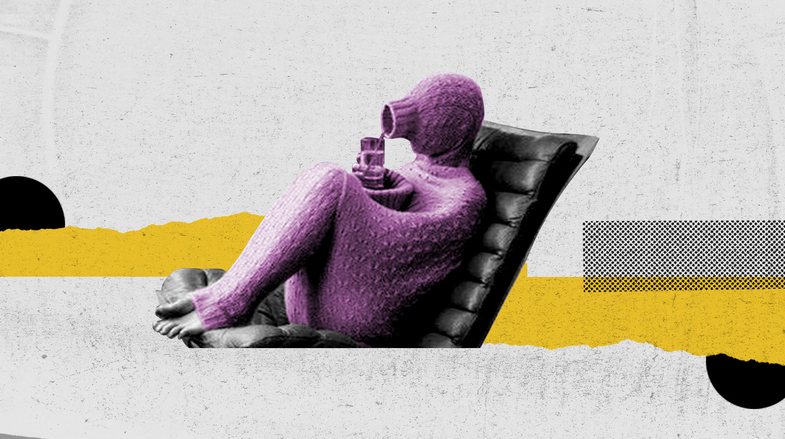
We often label people based on one trait or another. Ana is an extrovert, Ina is an introvert. Peter is a narcissist.
As useful as these labels are, they often distort reality. Using them assumes that people are divided into separate groups into traits, but it is not that simple.
Instead of this categorization, almost every trait that differentiates people from each other is a continuum, which means that people can have any level of this trait, from very low to very high.
Moreover, most traits have average value distributions in humans and extremes are rare. For example, most people are neither low nor high on the level of being extroverted, but simply have an average level of traits.
Labels have practical value - but only that
Sometimes it is helpful to group people arbitrarily. For example, this can be done when you give people comments on their personality test results. Or, it may help to explain scientific findings such as "the likelihood that your personality will change in the coming years."
These are all convenient groupings that say nothing real about nature. Likewise, there is no reason to think that nature has created introverts or extroverts. Instead, people can have all levels of traits.
If we really need to use labels, we can call most people ambivalent .
Learn more about this term here.







